Have you ever seen a blue and white capsule? Lots of us have! These pills with their special colors often show up in our medicine bottles. They’re used for all sorts of things, from daily vitamins to strong prescription drugs. While they look familiar, it’s easy to think they’re all alike. But that blue and white isn’t just for show. It turns out these capsules can hold many different kinds of medicine inside.
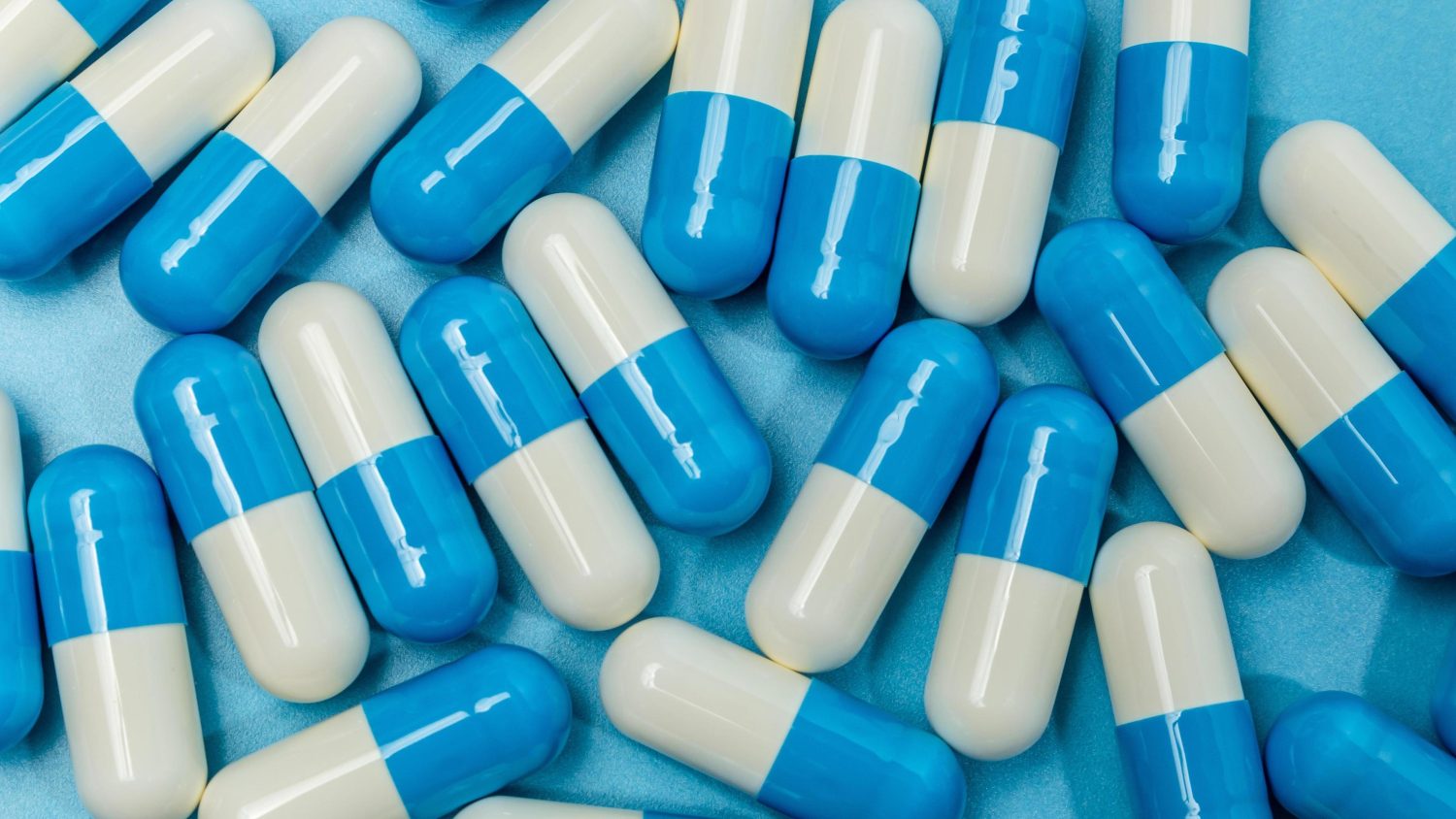
So, if you have one or are just curious, it’s really important to know what’s in them for safe use. Want to learn more? This article explains everything you need to know about blue and white capsules.
What are Blue and White Capsules?
A blue and white capsule is an oral medication that you swallow, typically encased in a hard gelatin shell. As the name suggests, it is half blue and half white. It is usually made up of two parts: a blue lower body and a slightly wider white cap that fits snugly over it. Sometimes, the colors are reversed.
These capsules can contain various types of medication, such as powders, small granules, pellets or liquids. The colors do not indicate what the medicine is, but the capsules are usually marked with codes. These codes, along with the packaging, help identify the specific drug and its dosage; many different pharmaceutical companies use this popular colour combination for a wide range of medications.
How Can Blue and White Capsules Benefit You?
Blue and white capsules have several advantages that go beyond their appearance. Here’s why they’re so widely used:
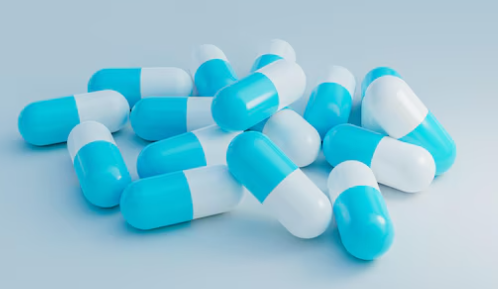
Easy to Identify
If you’re taking multiple medications, it can be tricky to remember which pill is for what. Contrasting colors, such as blue and white, make it much easier to tell different medicines apart. This helps people of all ages to keep track of their doses and avoid confusion.
Improves Patient Compliance
Bright colors help you to avoid taking the wrong medicine. This is especially helpful for older patients who might manage their own medicines. For children, a nice-looking capsule can make taking medicine less scary. All of this helps people to stick to their treatment plans.
Masks Contents
These capsules can hold powders, granules, tiny pellets, or even liquids. Often, the ingredients inside aren’t very nice or might smell too strong. The capsule’s shell helps hide these smells and tastes, making the medicine much more pleasant to swallow.
Potency and Ingredient Coding
Sometimes, different strengths or versions of a drug have very similar formulas. The blue and white colour combination on each potency or mix makes it easy to tell them apart. This makes drugs safer for patients and healthcare providers.
Opaque Protection
Some blue and white capsules are not see-through. This is perfect for storing things that are sensitive to light, like some vitamins. The capsule protects the medicine from light, humidity and moisture, so it works for longer.
Targeted Marketing
Believe it or not, color helps with marketing too! For instance, in supplements, different color schemes often signal products for men versus women. While not exclusive to blue and white, this shows how colors quickly tell you who a product is for.
Which Types of Drugs are in Blue and White Capsules?
Inside a blue and white capsule (usually a hard gel shell), the drug’s type and how it works depends entirely on what’s in it. While colours like blue and white often indicate a particular strength or type of release, the colour alone does not tell you the drug’s exact form.
Here is an explanation of how the capsules release their drugs, and what you might find inside them:
1. How Drugs Are Released
- Extended Release (ER/XR): Releases medicine slowly over time for a lasting effect.
- Immediate Release (IR): Releases medicine quickly for a fast effect.
- Delayed Release (DR/EC): Has a special coating so the medicine passes through your stomach before releasing in your intestines.
2. What’s Inside the Capsule
- Pellet-Filled: Contains tiny, coated beads for controlled release.
- Powder-Filled: The most common type, simply filled with fine medicine powder.
- Granule-Filled: Holds small granules that can release or dissolve at different speeds.
What are Blue and White Capsules Made of?
A blue and white capsule has three main parts: the outer shell, special additives (excipients), and the active drug inside.
1. The Outer Shell
This hard, colored casing is usually made from:
- Gelatin: Forms the basic structure (from animals or plants).
- Opacifier: Makes the shell opaque, protecting contents from light.
- Preservatives: Prevents any unwanted germ growth.
- Colorants: Give the capsule its blue and white colors (all approved dyes).
- Plasticizers: Added for flexibility.
2. Excipients (Additives)
These are extra ingredients mixed in to help the capsule work correctly:
- Binders: Hold powders together.
- Disintegrants: Help the capsule break down in your body for absorption.
- Lubricants/Glidants: Ensure smooth filling during manufacturing.
- Buffers/pH Modifiers: Help the drug release properly and keep everything stable.
3. The Inner Components
This is the most crucial part: the active pharmaceutical ingredient (API), which is the actual medicine. As we mentioned, it can be a powder, liquid, tiny pellets, or granules, and it’s unique to each drug.
What Machines Make Blue and White Capsules?
Making blue and white capsules, from filling to final packaging, uses special machines. Here’s what’s involved:
Capsule Filling Machines
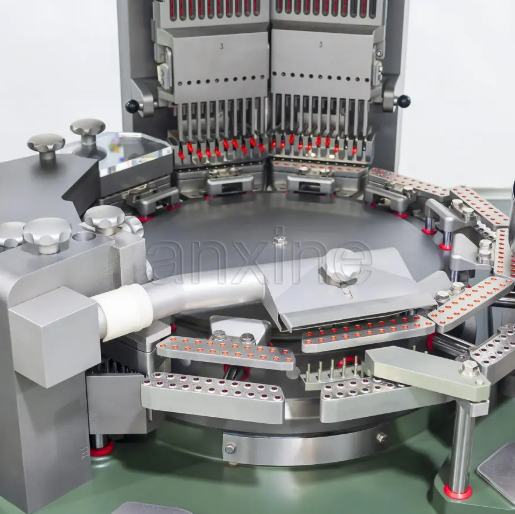
The capsule filling machine gets the medicine into the capsule shells:
- Manual Capsule Filler: Great for small lab batches. Needs human effort for every step, producing a few hundred capsules per hour.
- Semi-Automatic Capsule Filling Machine: Fills automatically, but still needs operators to load capsules and monitor. Good for medium production or tighter budgets.
- Automatic Capsule Filling Machine: High-speed powerhouses, fully automating everything from loading to sealing and ejecting. Can fill tens of thousands to hundreds of thousands of capsules per hour, essential for large-scale production.
Capsule Packaging Machines
Once filled, capsules are counted and packaged:
- Counting Machine: The pill counting machine automatically counts a set number of capsules and puts them into bottles. They often link up with capping and labeling machines for a quick, integrated line.
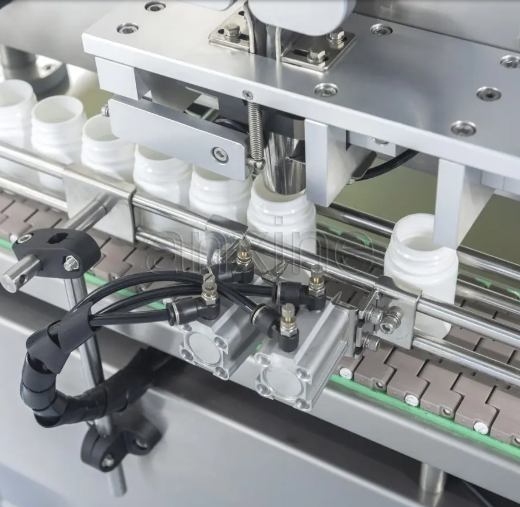
- Blister Packaging Machine: Seals capsules into individual “blister packs” (plastic backed with foil). This protects each capsule separately. Different types exist (thermoforming, cold forming) and can integrate with labeling and cartoning.
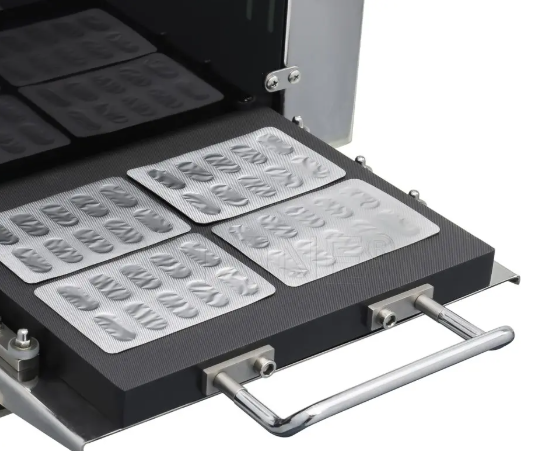
The Bottom Line
You now know all about blue and white capsules! These versatile containers are vital in medicine and supplements. Their unique colors and protective design make drugs safer and easier to take, especially for powders or controlled release. Modern manufacturing ensures every capsule is consistently safe and effective. Want to learn more? Visit Anxine’s website!